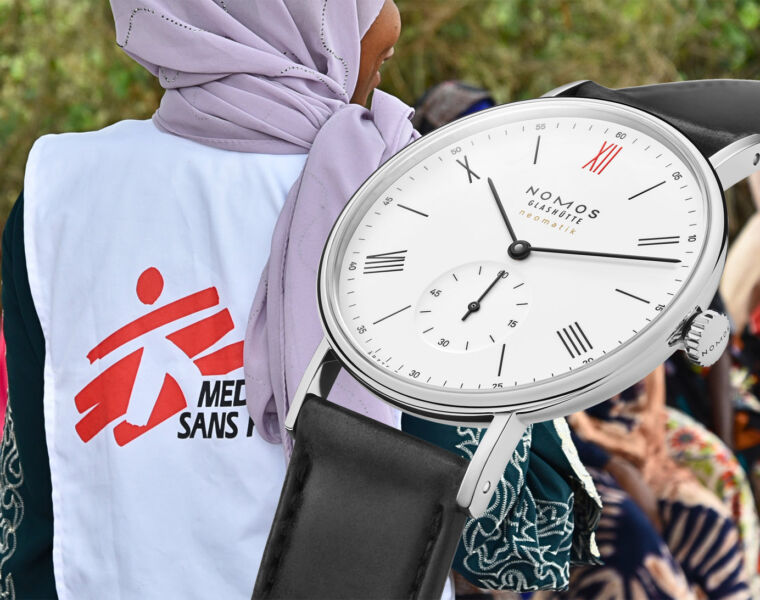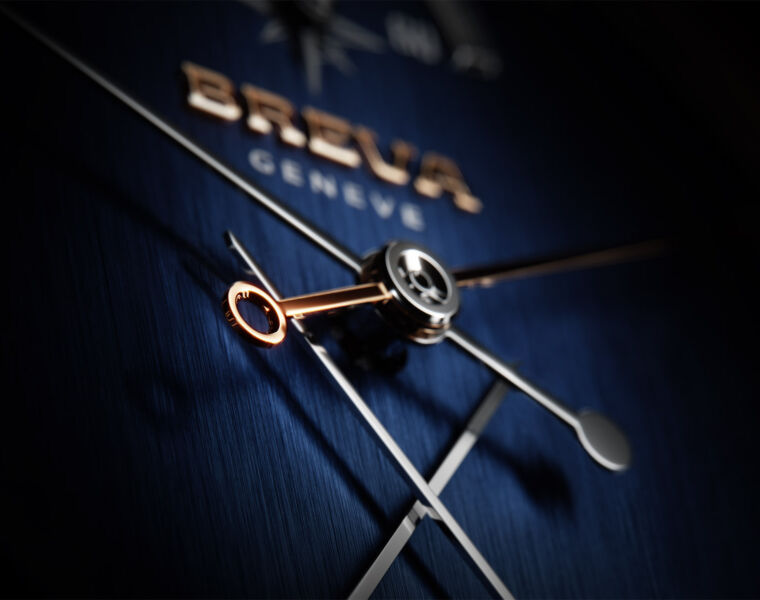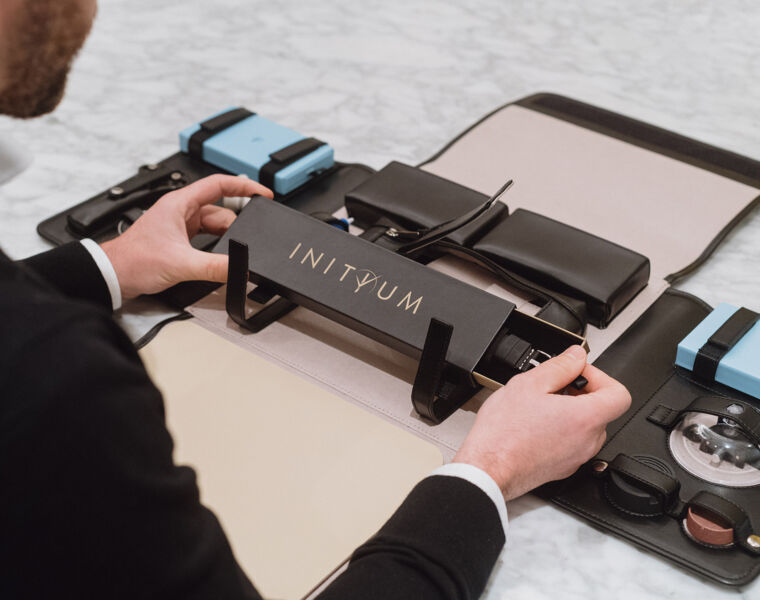
A bridge from one era to another: Glashütte Original celebrates the 10th anniversary of their Senator Chronometer with a new model for 2019.
When James Cook, Alexander von Humboldt, Roald Amundsen and other renowned explorers set sail, they invariably made use of marine chronometers. Since 1886, the watchmakers at Glashütte have put their stamp on many highly accurate ship clocks. And by the end of the 1970s, the Saxon-based watchmaker could lay claim to some 13,000 robust marine chronometers.

In 2019, Glashütte Original is celebrating the tenth anniversary of their Senator Chronometer, which has served to carry the fine legacy of German chronometer construction onto the wrist.
Today, we all take knowing the exact time for granted, but 250 years ago, this certainly wasn’t the case. Back then, precision timekeeping instruments for use on land and on the water was nothing more than a dream. For seafarers, this was a real problem, as the exact time is critical in order to calculate the geographic longitude and with that, the precise position of a ship. The local time at the point of departure – at the ship’s homeport, for example, or any other location whose longitude is known – serves as a point of reference for the calculation. Used in combination with the position of the sun, it allows one to determine the precise time on board.

For centuries, ship captains sailed the seas using little more than instinct or simply a best guess. As a result of this, positions were less than precise, which more than once resulted in tragic consequence. This remained a problem until John Harrison, a British carpenter, found a solution.
In the middle of the 18th century, he developed a portable clock that functioned reliably on the high seas. This was the first chronometer and set new standards for the precise measurement of time. Over the next hundred years, the classic format of the marine chronometer that we know today was developed.
Harrison’s invention paved the way for many historic expeditions, and it also introduced new directions for the craft of watchmaking. At first, England and France were the dominant forces in the manufacture of Chronometers but it wasn’t long before Germany joined them. In 1886, the first marine chronometers started to leave the Glashütte factory near Dresden.
Ten years ago, Glashütte Original revived the tradition of the chronometer. Their first Senator Chronometer came in a fine wooden box and was an elegant and sophisticated timepiece. This model was followed by new variations in precious metals and with different dimensions.
The latest edition has a slimmer bezel and comes with a red gold case. Common to all the models is their certified precision. Watches can only bear the title of ‘certified chronometer’ if it has undergone rigorous testing for quality by a recognised testing institute. In Germany, the German Calibration Service performs these tests at its lab in the Glashütte Observatory.

Every one of the Senator Chronometers undergoes testing at the observatory for fifteen days. The movement (already in its case) is tested in five different positions and at different temperatures ranging from 8 to 38 degrees Celsius. The watch only receives the certification if it performs within an average maximum daily rate deviation of two seconds.
The 2019 Senator Chronometer
The latest Senator Chronometer is a genuine work of mechanical art due in no small part to Glashütte’s own manual-winding Calibre 58-01. The time display is powered by a planetary gear train and the power reserve is just under 45 hours.

The exceptional precision of the watch comes from two additional complications: a zero-reset mechanism with minute detent makes it easier for the wearer to set the time of day. And the Glashütte Original Panorama Date at 3 o’clock advances to the next day within a few seconds of midnight, thanks to the “jumping date” mechanism.
To keep with tradition, the Senator Chronometer displays on the dial are presented in the same configuration as their historic predecessors, the marine and pocket chronometers. Aligned along a central vertical axis on the dial is the running time display with its day-night indicator, at 12 o’clock, and the small second at 6 o’clock.
Embedded in wooden boxes, chronometers were at one time vitally important instruments for all seafarers. Today’s style-conscious man need simply wear a chronometer on a leather strap – the wonders of technological advancement.
Precision timekeepers have lost nothing of their fascination and today remain reliable companions. If James Cook or Alexander von Humboldt to set off on a voyage of discovery in 2019, it’s very likely they’d have a Senator Chronometer from Glashütte Original on their wrists.




You must be logged in to post a comment.